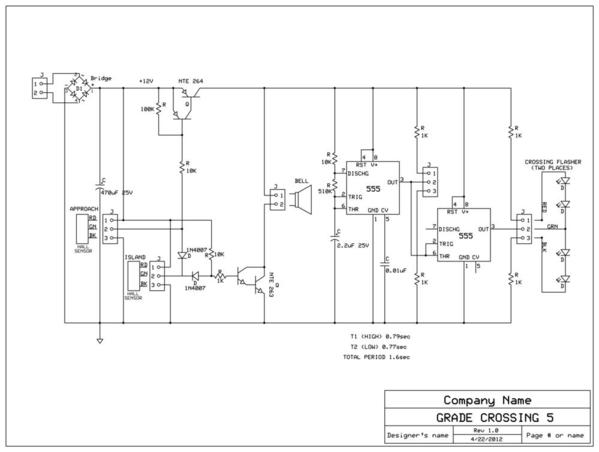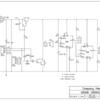So how much current and voltage do you really need? Some logic families like 74ACxx can source and sink 24mA. A hex inverting 74AC04 from DigiKey is 52 cents qty 1. I'm assuming you don't want to deal with surface mount parts - otherwise there are newer logic families with even higher drive.
Note that while the 555 is spec'd as 100mA symmetrical drive, the voltage drop can be several volts as you drive higher currents. So playing the same specmanship game, 74xx logic families can deliver more current than you'd think. And for applications like flashing LEDs, you can parallel logic gates where, say, an octal inverting buffer could be a better value per channel.
If the L293 (which is not even hex) is exactly what you want except without inversion, then considering its cost (over $2 at DigiKey), why not just put any 25 cent hex inverter logic chip in front of it?
I'm curious about your need for bipolar/symmetrical drive. As your searching shows, multi-output buffers with sink-only capability are much cheaper and more readily available. It also seems that while you might eventually find that nostalgic Sprague device from the last century, I'd guess it will be well over $1. Depending on what you're doing how about using a 555 chip strictly as a bipolar buffer. At less than 15 cents a piece, a "hex" buffer would be about $1.







